Meet Alexa Kulinski ’09: artist + researcher + teacher, as she describes herself on social media.
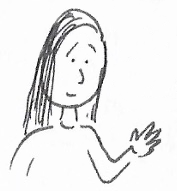 A graduate of the Syracuse University Bachelor’s of Fine Art program with a 2017 master’s degree from the Maryland Institute College of Art (MICA), Kulinski has returned to SU to pursue a Teaching and Curriculum doctorate in the School of Education. Her research and practice explores art making and visual journaling with the aim of helping students—and their teachers—”make meaning and explore their voices.”
A graduate of the Syracuse University Bachelor’s of Fine Art program with a 2017 master’s degree from the Maryland Institute College of Art (MICA), Kulinski has returned to SU to pursue a Teaching and Curriculum doctorate in the School of Education. Her research and practice explores art making and visual journaling with the aim of helping students—and their teachers—”make meaning and explore their voices.”
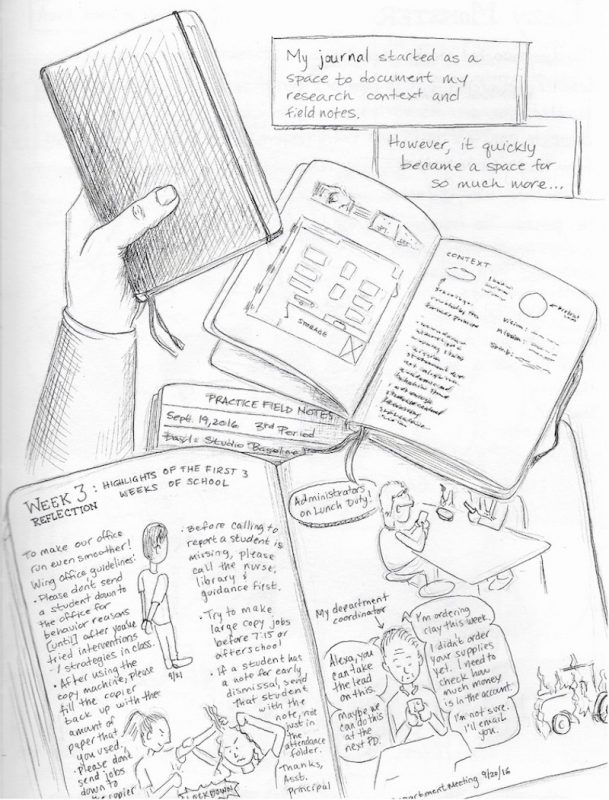
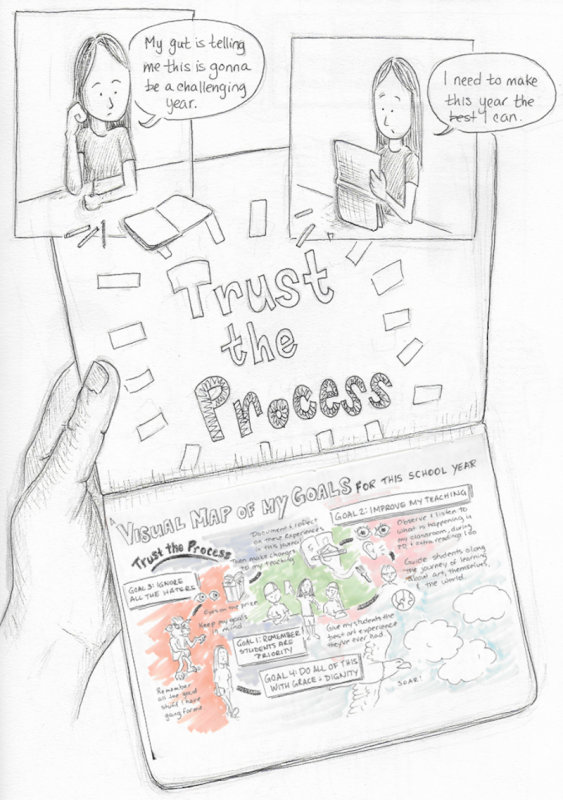
Kulinski began visual journaling during her master’s degree studies at MICA. “It just clicked with me,” she says. In particular, she found that journaling helped her document experiences in the Enfield, CT, public school district, where “Miss K” taught from 2009 to 2020: “Journaling helped me reflect on my teaching, on educational equity and assessment, and the inequities that I saw. It was a transformative practice.”
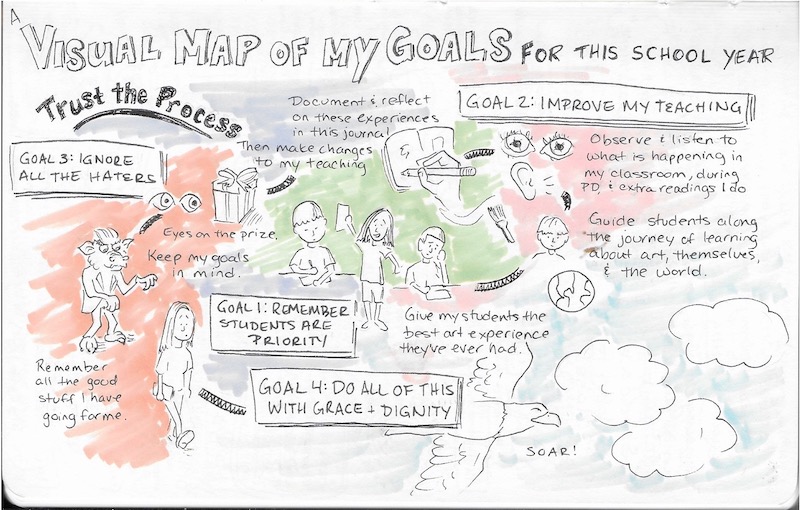
As a doctoral student, Kulinski shares her visual journaling experiences with school teachers, to help them bring the concept into their lives and their classrooms. It can be used as a metacognitive, goal-setting, and problem-solving act for themselves and their students: “Journaling can help with social and emotional learning. It can let students reflect on what has gone well with their learning, what they are in control of, and what they can improve.”
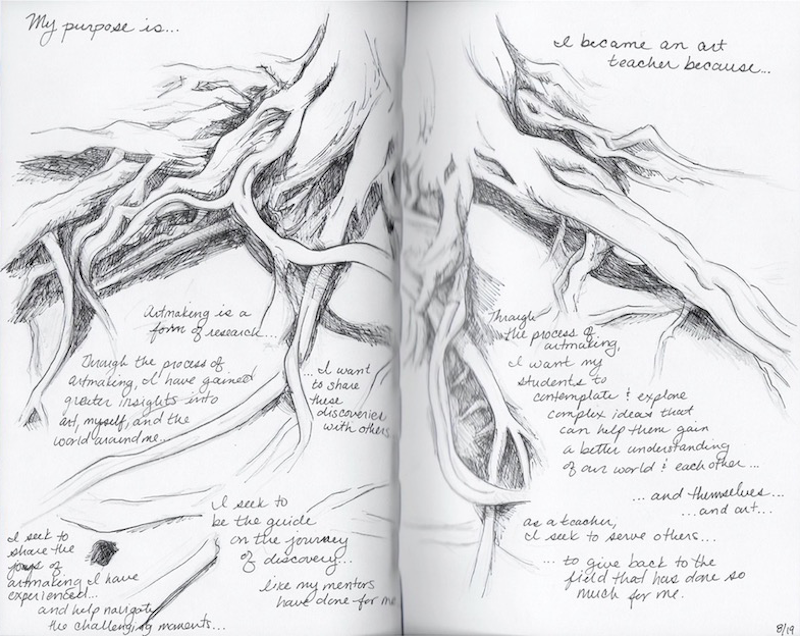
Although fully trained as an oil painter, Kulinski enjoys cartooning in her visual journal because of how that genre mixes the visual and the narrative. “I encourage journalers to do a page or two a day, or whatever they can do.”
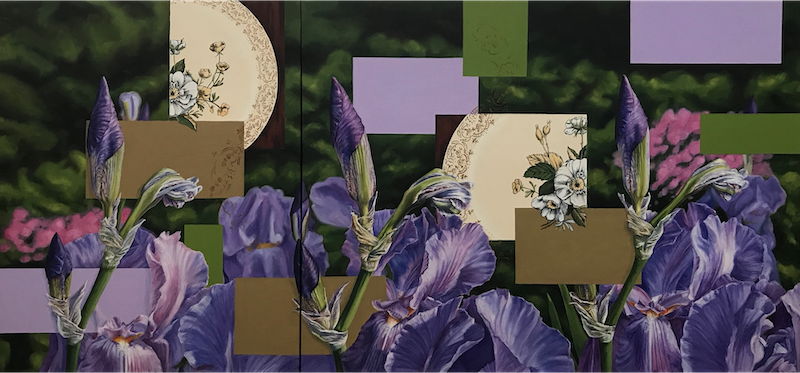
Not that oil painting isn’t able to tell a story, Kulinski adds. You can explore her work through her Instagram channel @arkulins. This oil on canvas piece is titled, “Moment in Time.”
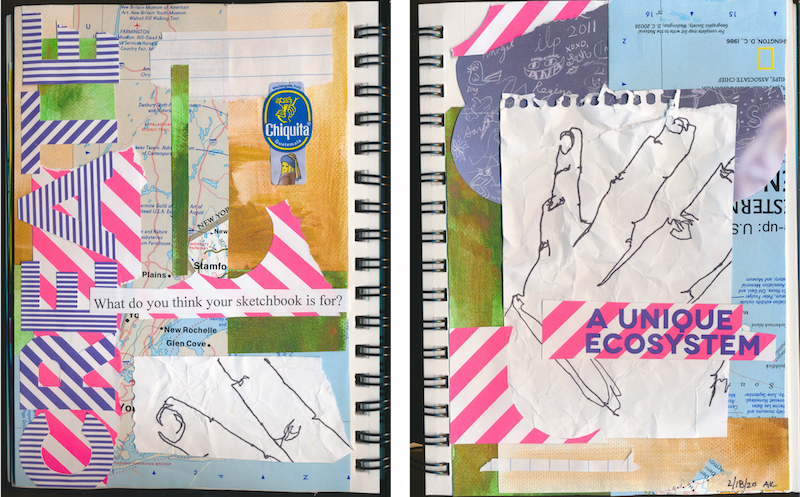
As a graduate assistant, Kulinski is teaching Creative Processes and Curriculum Structures in the College of Visual and Performing Arts. This course encourages “experimentation, divergent thinking, and openness to discovery” in order to explore “curricular ideas and opportunities for creative learning.” Explains Kulinski, “I’m doing journaling practice with my students, along with exploring art making, to help them find ways to use both practices for K-12 content that diverges from a traditional school arts curriculum and integrates contemporary art making practices.”
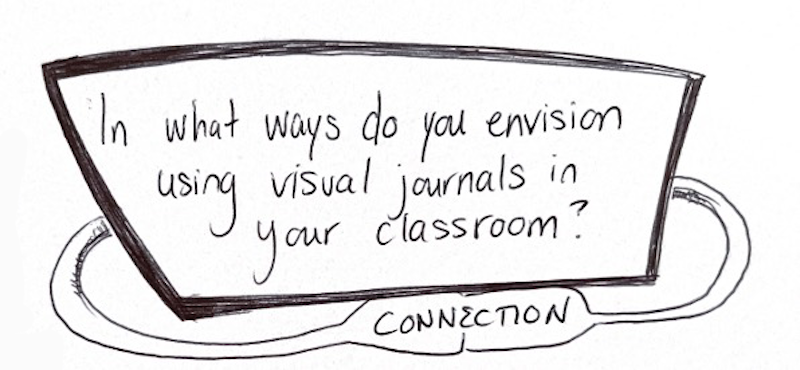
Kulinski has presented her ideas on visual journaling across New York State. More than 50 art teachers joined her August 2022 New York State Art Teachers Association “Visual Journaling for Art Teachers” professional development program. In September, she presented “Problem Solving Through Visual Journaling” at Buffalo State College, encouraging participants “to learn how to use visual journaling as a teacher to solve problems and help your students do the same.”
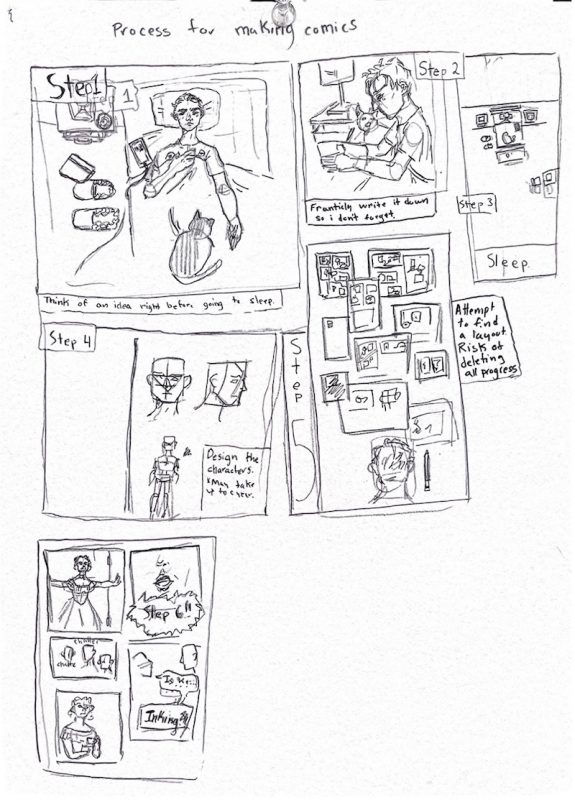
During summer 2022, Kulinski taught Summer College, part of SU’s long-running pre-college program. High school students learned about comics, the graphic novel, and other forms of visual storytelling.
Visual journaling was central to her course. It gave Kulinski—as a researcher—excellent opportunity to observe what stories her students chose to tell, why they chose to tell them, and how they went about it: “Examination of student work revealed that the self was a starting point for their narratives, students remixed dominant narrative arcs, and students continually explored and pushed conventions of the artform” (from Kulinski’s paper, “Stories We Live By: Exploring Graphic Novels with High Schoolers”).
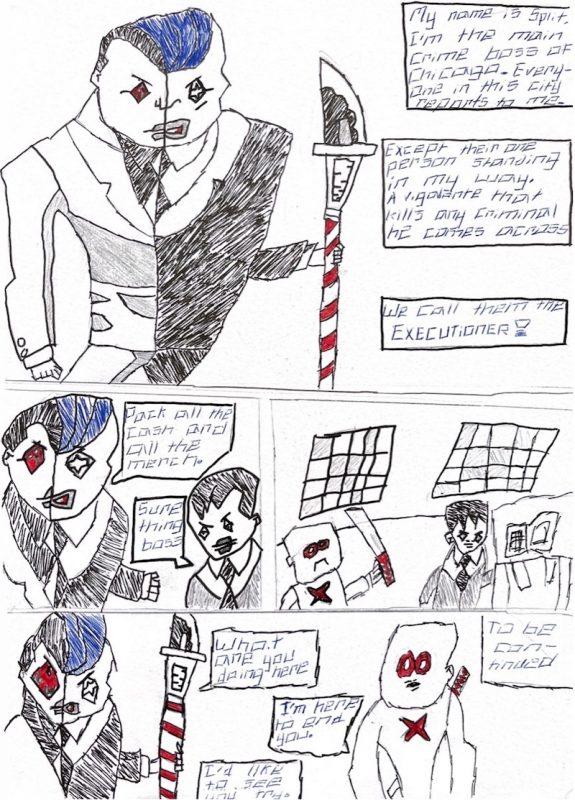
One student—”Trey”—created the comic book character “Split Johnson,” heavily influenced by the character Two-Face from the 1990s TV series Batman: The Animated Series. Her Summer College students told Kulinski they wanted to explore the kinds of characters they would like to see in popular culture and that spoke to them. For “Trey,” his shadowy gangster/anti-hero character was a way to address his interest in a criminal justice career.
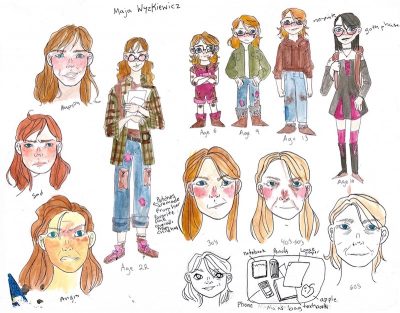
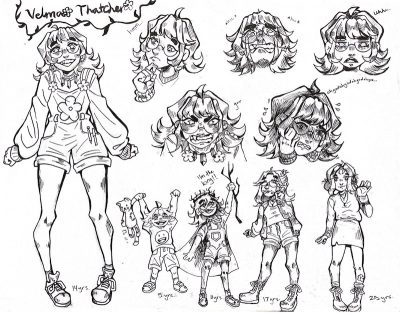
Two students struck up a friendship while working together on a graphic novel that explored alternative versions of themselves. “Felix” created “Maja Wyzkiewicz” a 22-year-old archaeology student who enjoys debating, is “confident and focused,” and wears patched-up clothes. “Maddie’s” alter ego—”Velma Thatcher”—is “a 14-year-old quirky middle schooler who is extremely confident in herself but misses social cues.” After developing their characters, the two students wondered what it would be like if Maja and Velma were to become roommates, so they collaborated “to explore what happens when these two worlds come together.”
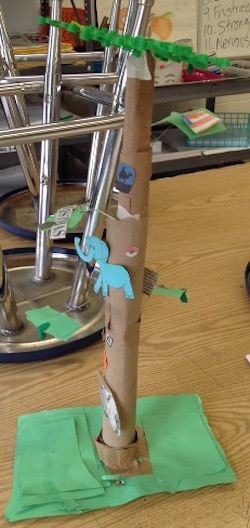
In addition to her work on visual journaling, Kulinski’s research explores how the use of materials in art classes can offer a more equitable approach to art education: “The use of found objects, for instance, can open up students’ art making ideas and make art much more accessible. Art materials, after all, can be expensive, and there is an exclusivity to that.”
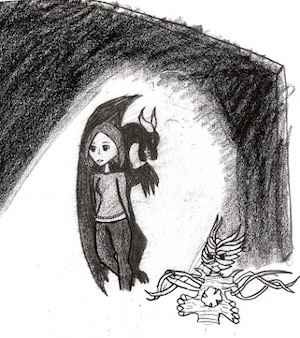
Ever observant to student expression and storytelling, Kulinski adds that the use of found or recycled materials can provide “an opening for students to tell their stories and find their voice so they are empowered to create work that counters injustices in the world.”
Learn more about School of Education doctoral programs or contact Assistant Director of Graduate Admissions and Recruitment Speranza Migliore.
